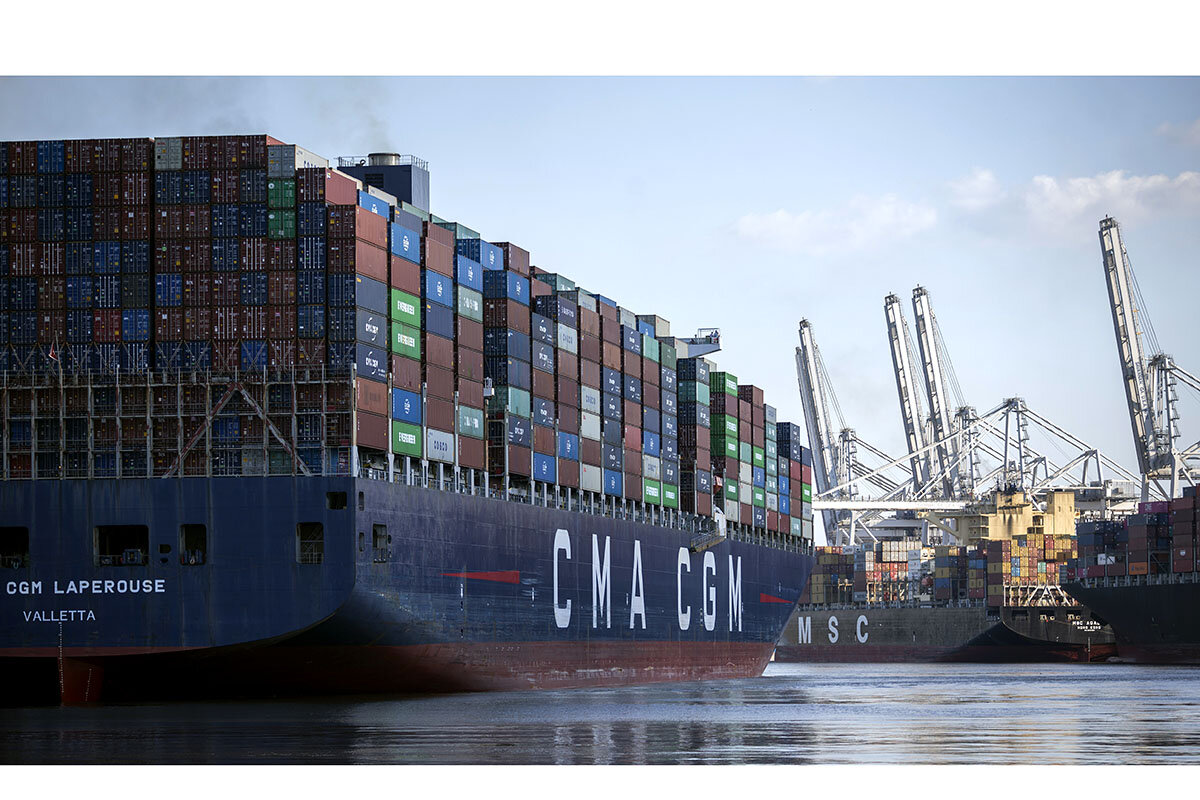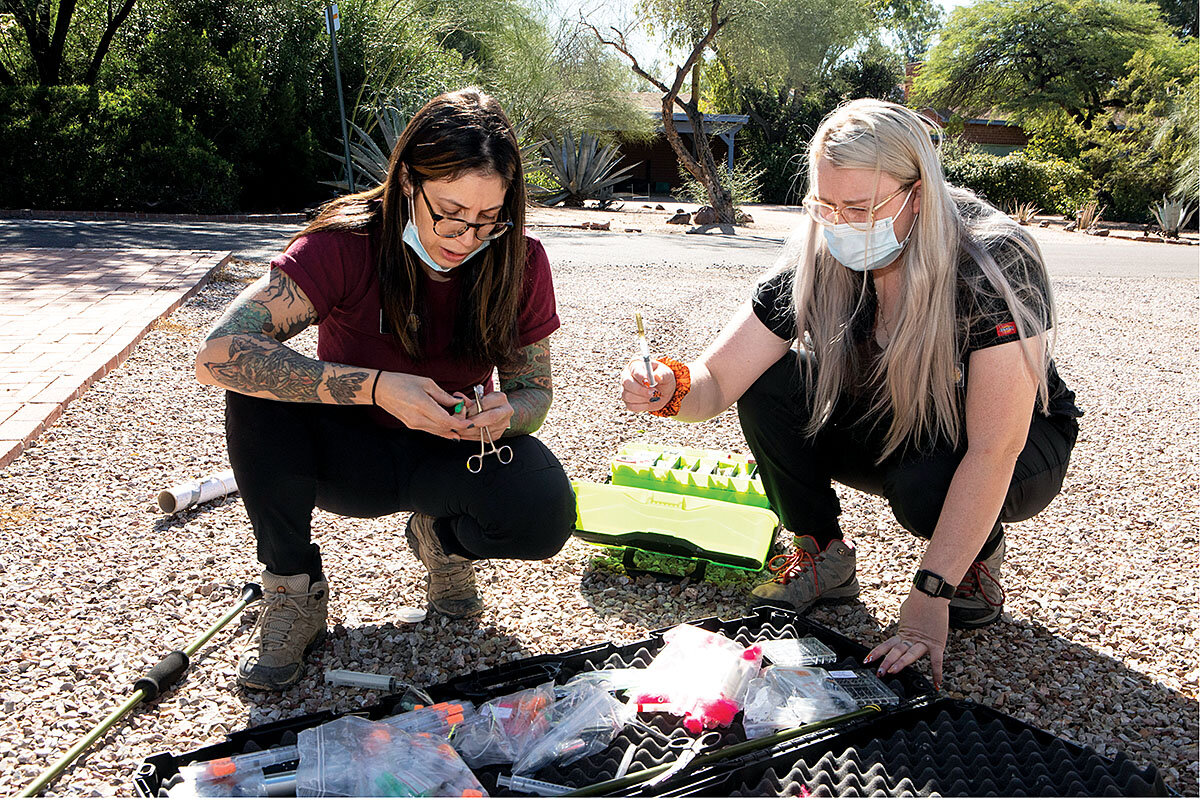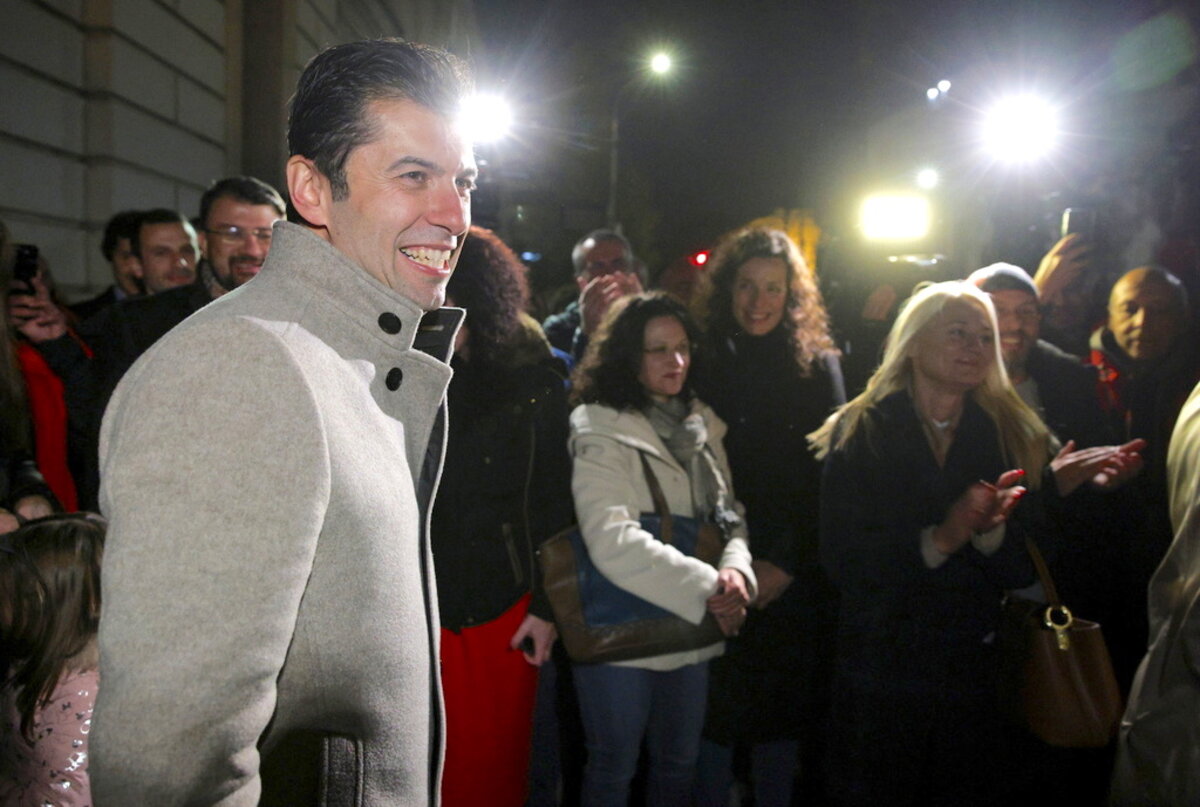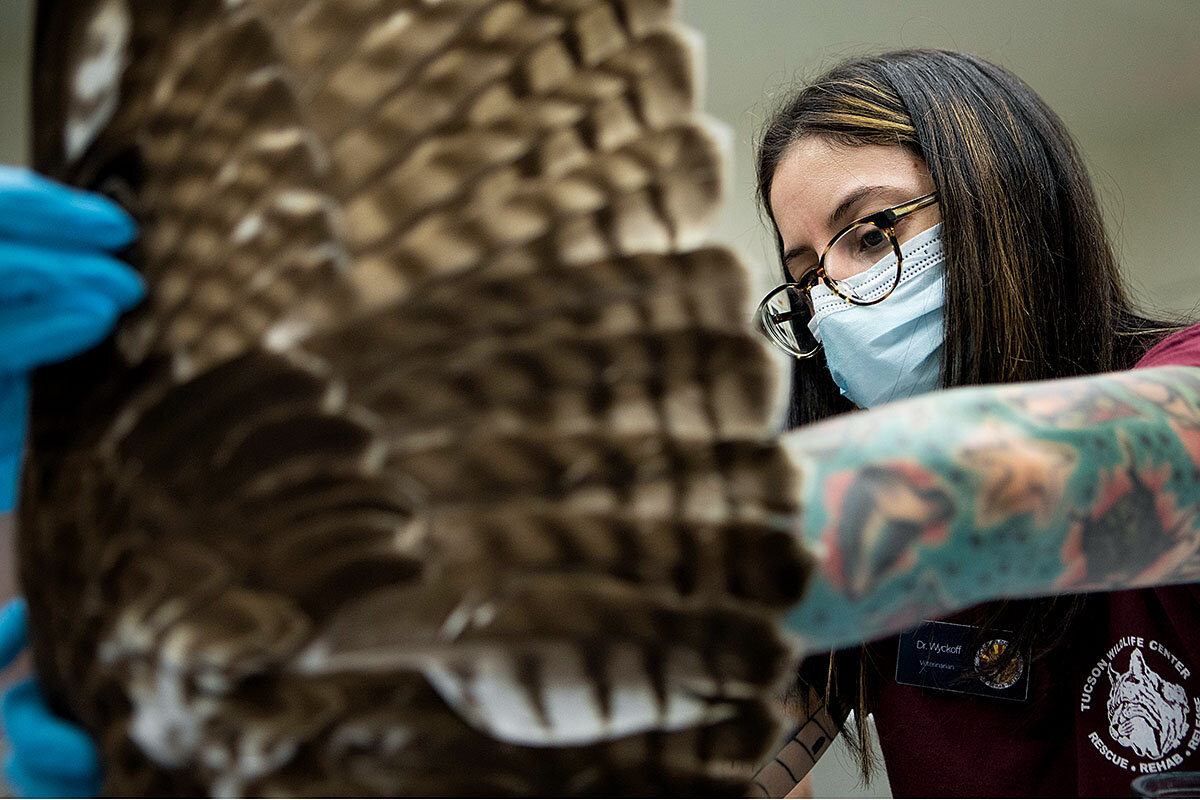Our writer carves off a key piece of the sprawling story of U.S. infrastructure: Will the president’s signature bill spur the regional compromise and cooperation needed to finally advance big projects?
Monitor Daily Podcast
- Follow us:
- Apple Podcasts
- Spotify
- RSS Feed
- Download
 Clayton Collins
Clayton Collins
Monitor journalists get to do a lot of listening. We take in all that we can; then the work is about gathering perspectives and layering context, telling stories accurately and with compassion.
Readers and listeners can also find opportunities to hear stories straight from sources. Here’s one: Today we’re launching the eight-part audio series that I previewed in this space last month while outlining our latest forays into audio. (Note to those of you who have emailed me since then: Don’t worry, more Monitor recording does not mean less Monitor writing!)
People Making a Difference has been a Monitor staple since our print newspaper days. Our new effort is a highly listenable extension of that popular franchise. It’s a podcast hosted by Dave Scott, our engagement editor.
Dave goes deep with difference-makers, allowing them to describe their epiphanies and origin stories, to unspool anecdotes, to open up about triumphs and tripwires and the joy of having agency. In some cases these interviews are deeply supplemental to Monitor stories you might already have read. Others are fresh introductions.
“We really hope this opens a new window for readers,” Dave says. “We hope it gives them the opportunity to hear what we are privileged to hear, and be moved by the power of hearing directly from an inspiring individual.”
In today’s episode we take you back to Madison, Wisconsin, where a difference-maker we first wrote about in June uses old sewing machines to mend lives worldwide. Her work has unfolded in a magnificent way. It highlights empathy and generosity.
Immerse yourself in our full eight-part season and you’ll be taken as far as Uganda, where a returning son has built a city around services. Happy listening.










